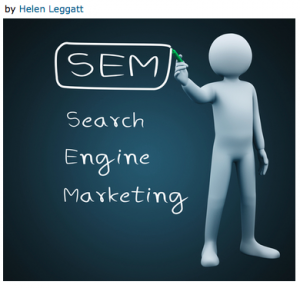As Facebook announced that it would begin curtailing the reach of brands’ unpaid, or organic posts to ensure that the best content is populating people’s news feeds, for users the news is good, however, advertisers should prepare to pay more for the competition at auction to buy targeted audiences. The competition for news feed and sidebar space will increase too.
Apart from brands now see lower organic exposure as Facebook prioritized personal news in users’ streams, Facebook has not increased the frequency of ads either. There will be a drop in how far posts from brand pages circulate without a paid strategy.
There is also an ever-increasing content competition for the businesses. That’s small comfort for companies that invested in promoting Facebook pages with hopes of quickly generating likes and fans, and communicating cost-efficiently to build brand awareness.
Furthermore, now advertisers need to get more creative bidding on less expensive terms that reach the same desired target as before. Businesses are feeling the pressure to expand to other social media platforms and drive operating profits to cover those costs for paid ads.
Although it has been seen ad rates rising on Facebook, the good side is that better targeting will lead to high click-through rates, especially for those valuable brands to obtain more loyal customers. The improvements of relevance and quality of Facebook ads help drive out less competitive brands, and meanwhile, better engagement will eventually offset any decreases that business experience and attract new advertisers.
New Article http://adage.com/article/digital/facebook-cuts-brands-organic-reach/295881/




